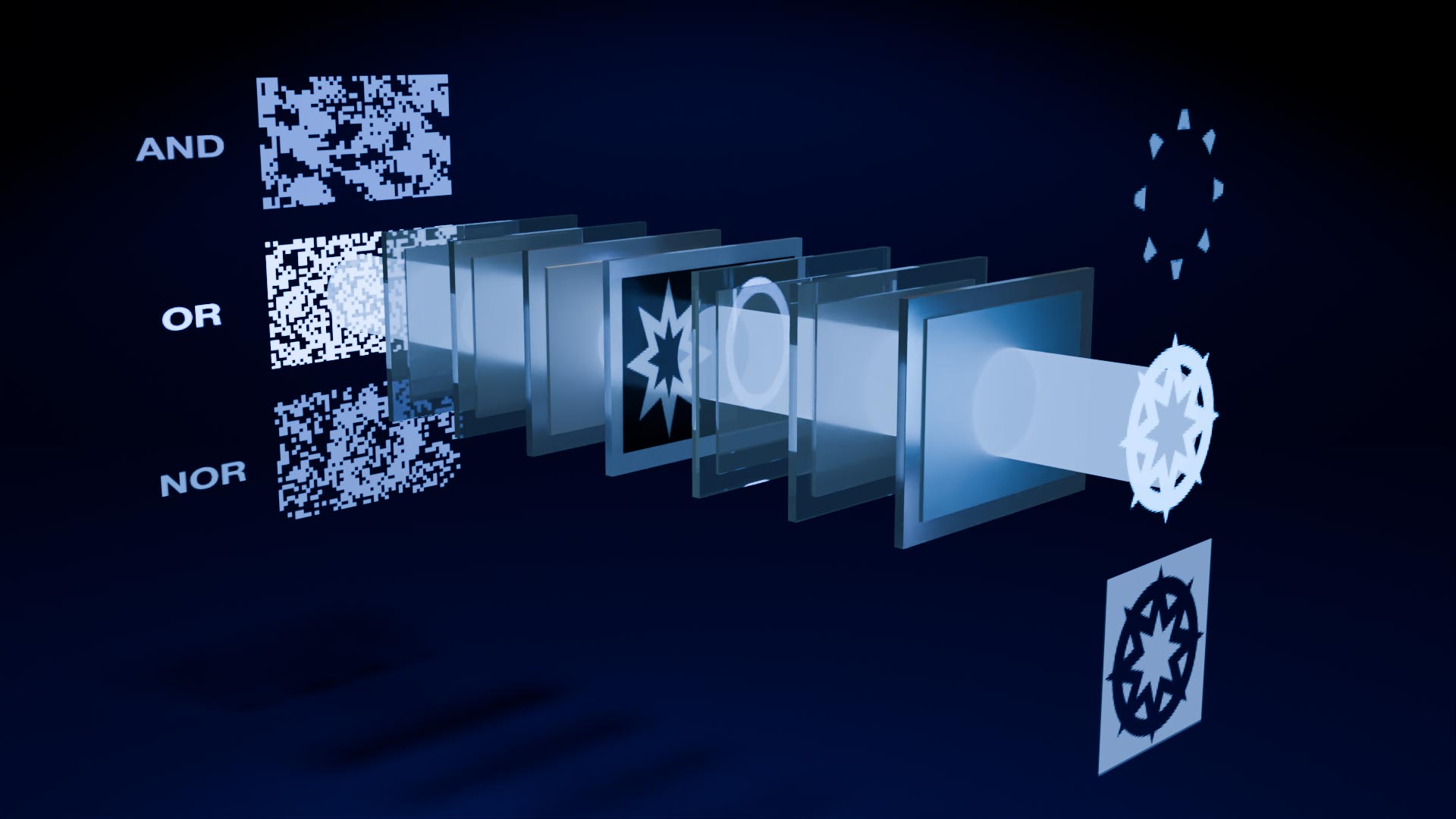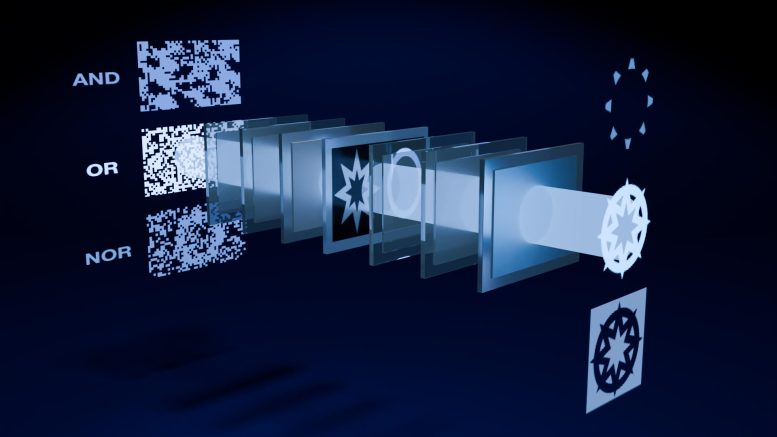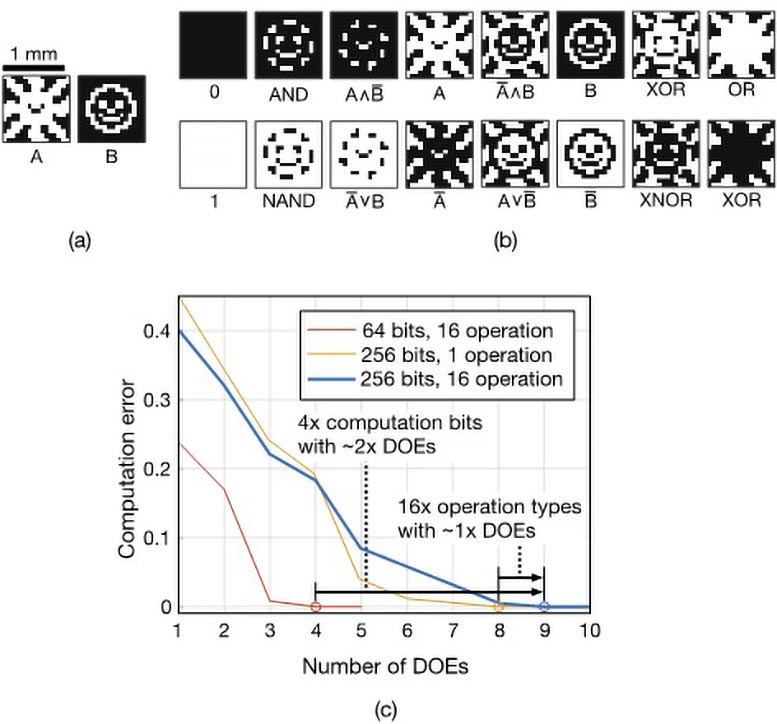

Advancements in AI and IoT are driving demand for more powerful computing, leading to innovative solutions like optical computing.
Tokyo University’s new “diffraction casting” method uses light to achieve faster and more efficient data processing, marking a significant step towards revolutionizing the computing industry.
In recent years, the rapid expansion of artificial intelligence and the Internet of Things (IoT) has led to a dramatic increase in computational demand. Traditional electronic computing, however, is nearing its performance limits, struggling to keep up with Moore’s law, which predicts a doubling of transistors on a microchip every two years. This has sparked a search for new computing paradigms that can satisfy the growing needs for speed, scale, and energy efficiency. A particularly promising area is optical computing, which utilizes the unique properties of light to perform computations.
Pioneering Optical Computing
At the Information Photonics Lab at the University of Tokyo, researchers have made significant advances in this area with the development of a novel optical computation architecture known as “diffraction casting.” As detailed in Advanced Photonics, this method enhances the concept of spatial parallelism of light, an idea initially explored in the 1980s through a technique called “shadow casting.” Although shadow casting offered valuable insights, its dependence on geometrical optics limited its flexibility and ability to integrate with other technologies.
The new diffraction casting technique overcomes these limitations by using wave optics. Layers of diffractive optical elements are trained to exploit the spatial parallelism and wave properties of light, such as diffraction and interference. This allows for scalable and parallel logic operations with high flexibility and integration capability. The operations can be altered simply by changing the illumination patterns, eliminating the need for encoding and decoding of inputs and outputs.

Future Implications and Applications
Numerical demonstrations of diffraction casting have shown impressive results, achieving all sixteen logic operations on two arbitrary 256-bit parallel binary inputs without error, and at the speed of light. This architecture offers significant advantages in scalability and integration, making it a promising candidate for next-generation computing systems. Its flexible and reconfigurable nature also opens a wide range of applications, from image processing to optical computing accelerators.
This research, conducted as part of the Grant-in-Aid for Transformative Research Areas project led by Professor Tetsuya Kawanishi at Waseda University, highlights the potential of optical computing using spatial parallelism as a building block for future computing systems. It also lays the groundwork for a new information processing framework that integrates imaging, sensing, and computing, potentially expanding into various fields.
For more on this research, see From Light Waves to Logic: The Cutting-Edge of Optical Computing.
Reference: “Diffraction casting” by Ryosuke Mashiko, Makoto Naruse and Ryoichi Horisaki, 3 October 2024, Advanced Photonics.
DOI: 10.1117/1.AP.6.5.056005